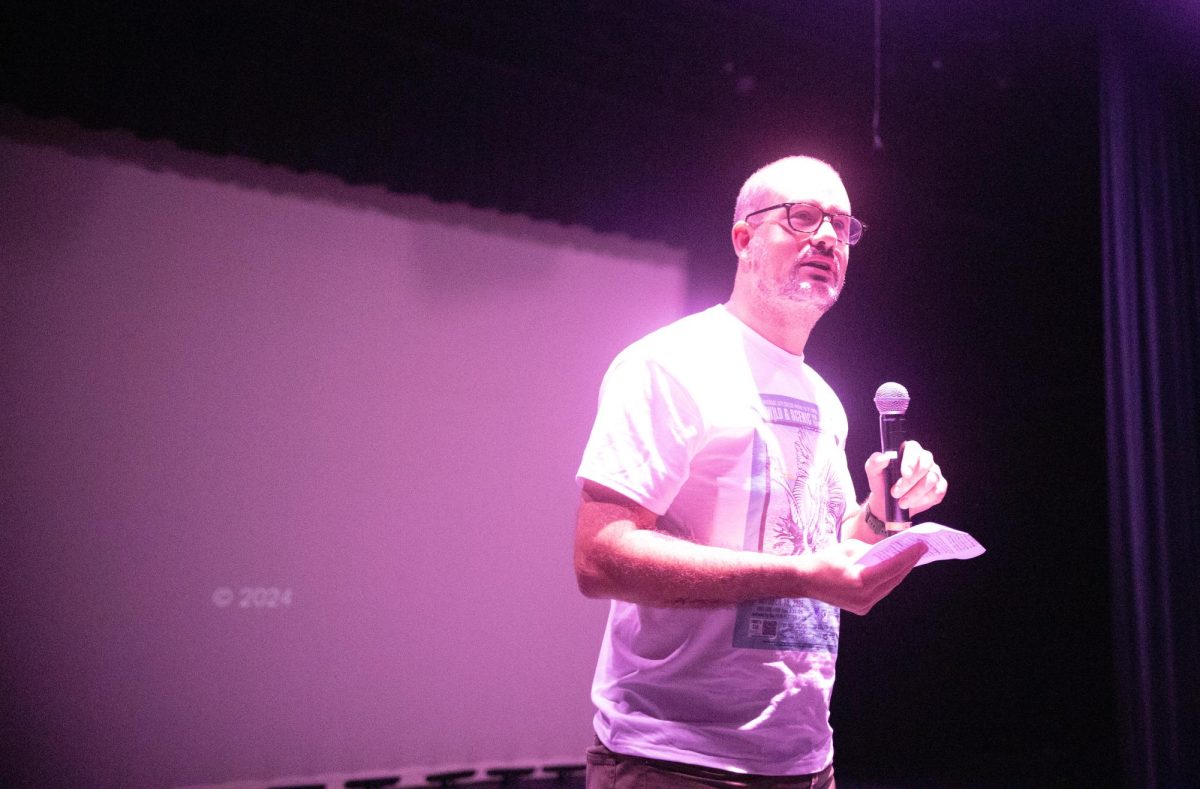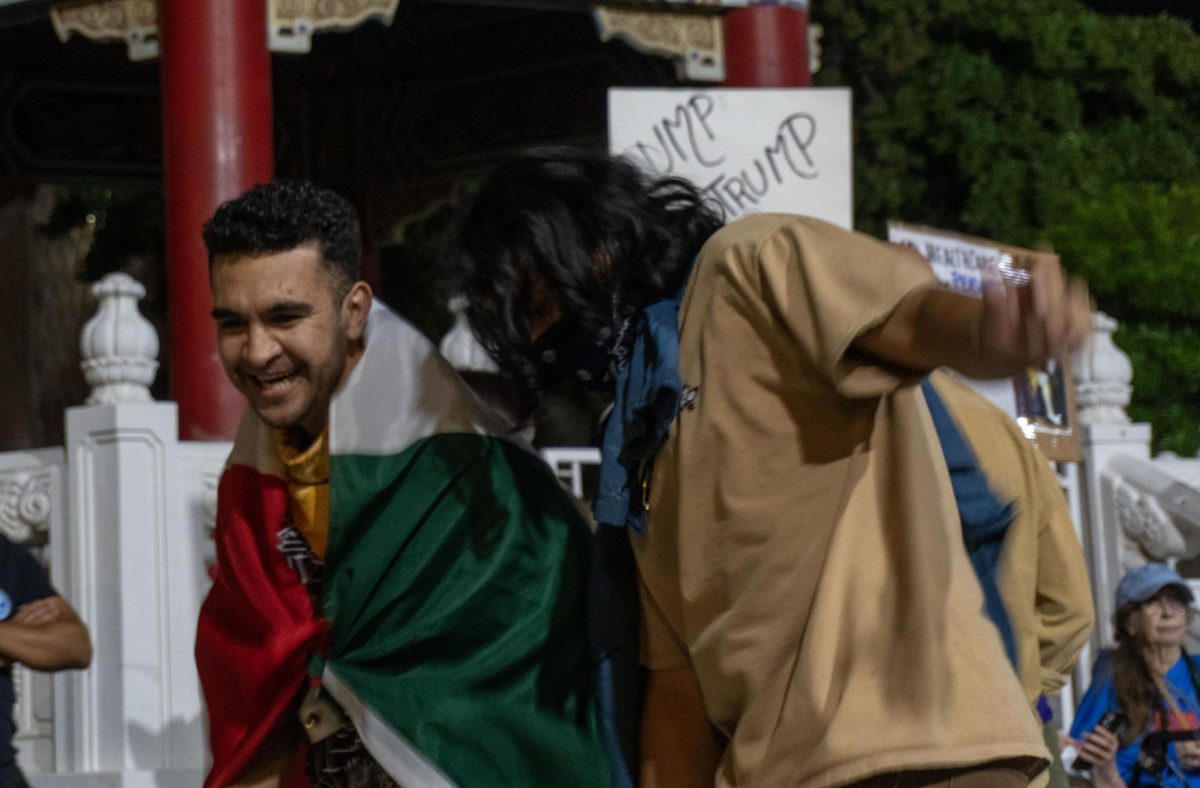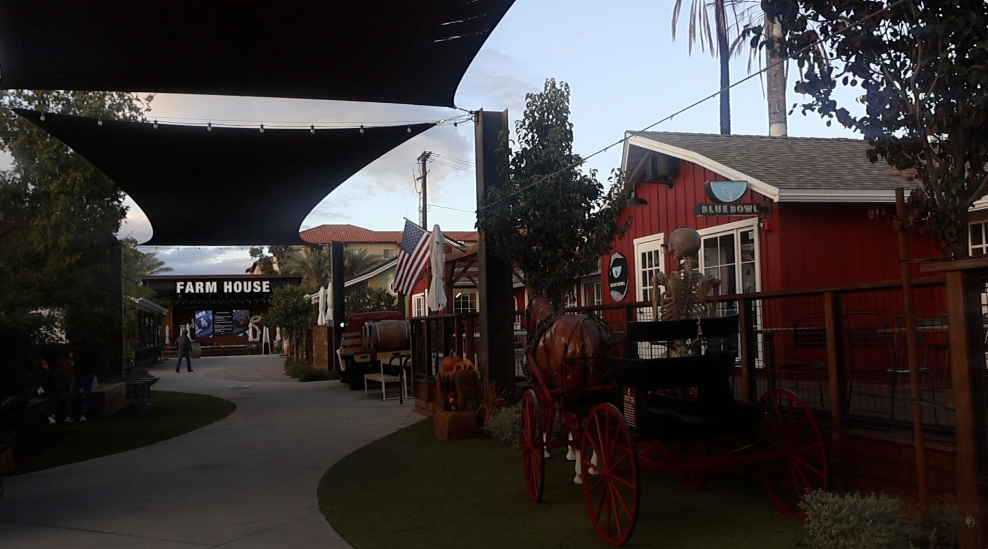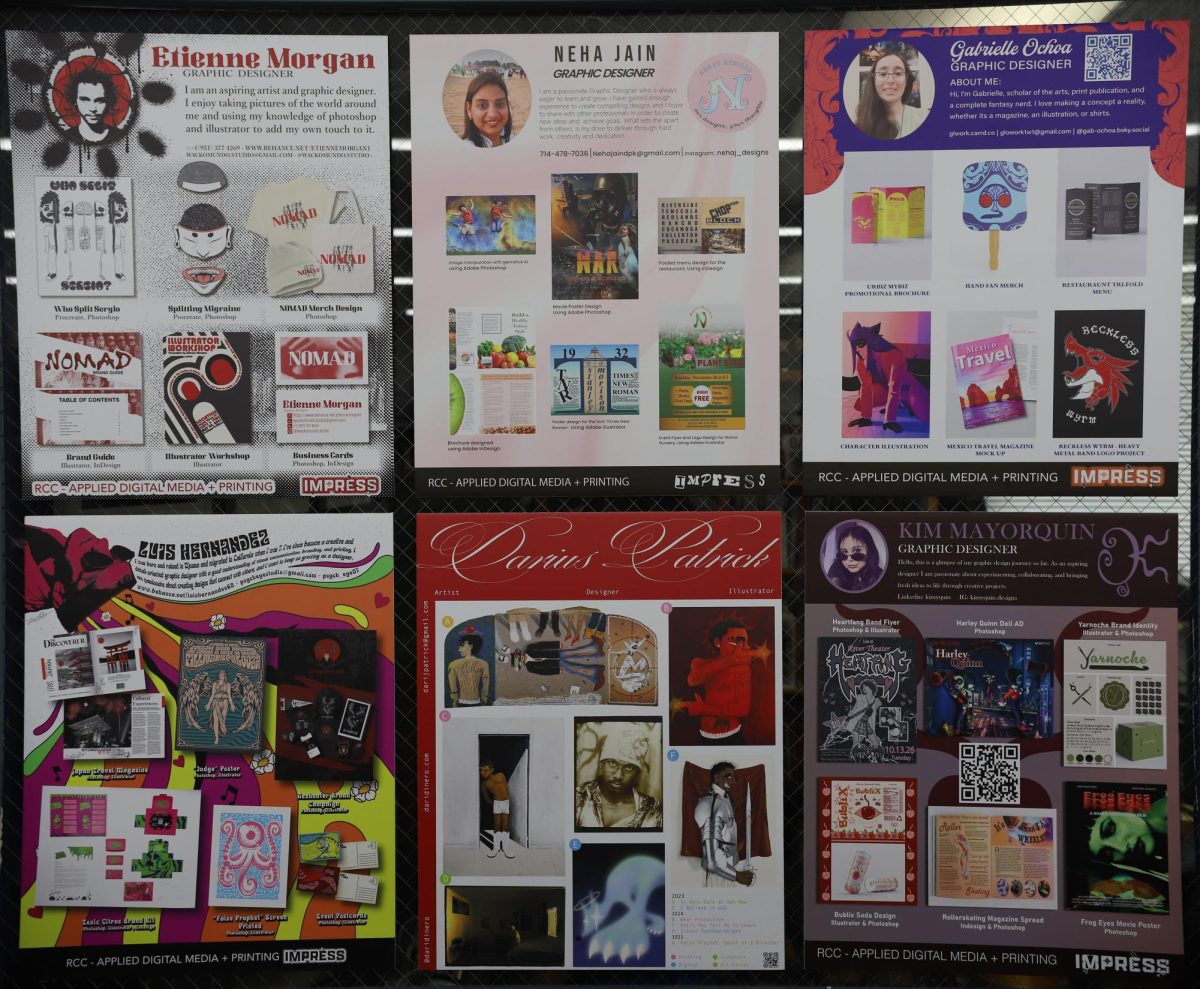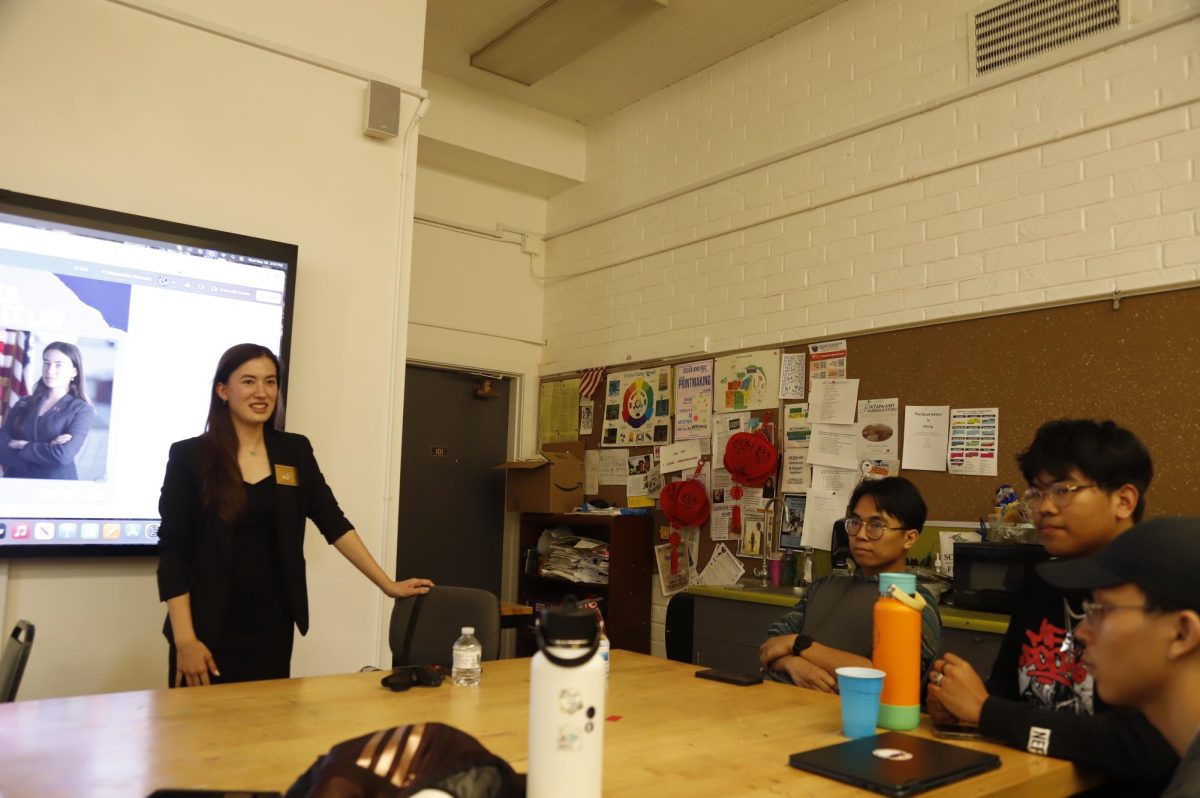By Chanelle Williams / Features Editor
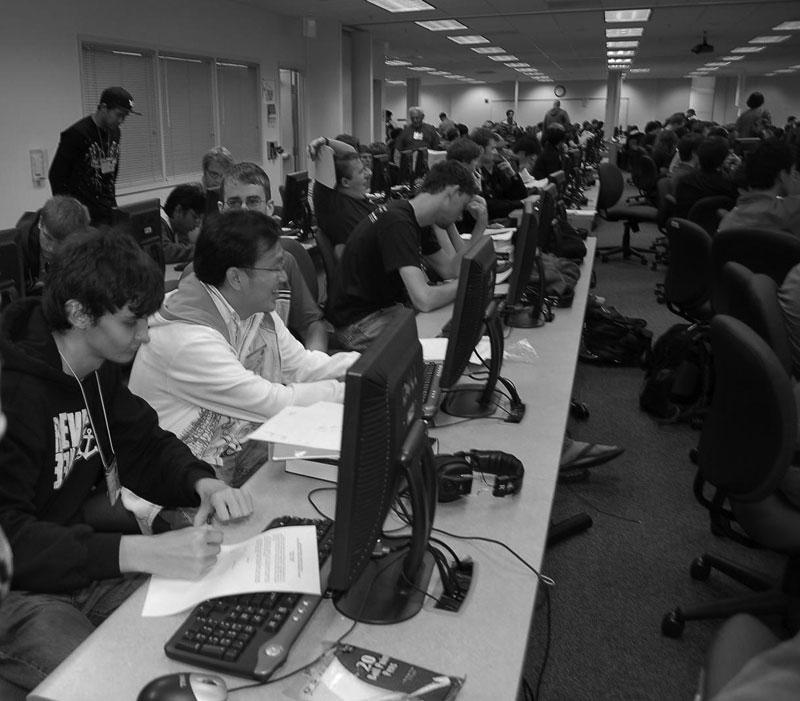
Battle- The competition was held in the Martin Luther King Jr. Teaching/Learning center. (Image Courtesy of Dywane Turner)
By Chanelle Williams / Features Editor
The average person’s brain would drop to the floor if they were asked to solve a reverse engineering alchemy.
While lying on the floor they’d probably ask themselves, “What does that even mean?”
Students who had a clue solved such problems in the 34th Annual IBM-sponsored Association for Computing Machinery International Collegiate Programming (ACM-ICP) “Battle of the Brains” contest.
The contest has students from universities all around the world competing in hopes to become a finalist for the World Finals, which will be held in Harbin, China this year.
The competition involves solving difficult problems using computer programs, teamwork and intellect.
On Nov. 7, students from schools all around California such as University of San Diego, University of California Riverside, California Institute of Technology and Harvey Mudd University including RCC participated in the competition on the RCC campus.
The actual competition took place in the Martin King Jr. Teaching/Learning center, which was actually designed to host this competition.
“There are 180 computers in the center and there are 60-70 teams [in the competition],” said said Mark Lehr Associate Professor of Computer Information Systems and Business Administration Information Systems Technology.
“With this design the teams can sit together and have a computer between each other.”
The competition began Saturday at 8 a.m. outside the RCC Bookstore with students signing in with their teams and getting their name tags.
The teams were made up of three students of a university; the schools could have more than one team.
The students went through orientation, did a warm-up problem to make sure the computer programs were working, had a catered lunch in the cafeteria then the competition began.
For the competition the teams were given one computer and seven problems to solve in five hours.
What most teams did was read the problems then assign problems to team members.
When they solved the problem, they submitted their answer to the judges where the judges ran the solution against their “secret data” and if it worked they got credit.
If the program did not work, the judges sent the solution back to the team informing them it was wrong without telling them what was wrong.
A winner is not only determined by how many problems are solved but by the time the problems were solved said Marc Furon, a judge in the competition.
“If an answer is turned in and is wrong, we’ll send it back to them but they’ll receive a twenty minute penalty.”
“It’s good if a team can solve 1-2 problems. About 30 percent of the students won’t solve any problems,” said Lehr.
Only 35 of the 62 teams solved any of the problems. Of those who were able to turn in solutions, 18 answered only one question.
With a total of four questions answered with only two penalties, Harvard Mudd University won the competition with California Institute of Technology coming in second.
CalTech is usually the team to beat in the competition.
They now have the chance to go one and compete to be the North American finalist Dec. 1.
If they succeed in doing so they will travel to Harbin, China.
At the World Finals, the finalist from North America will go up against the finalists from Latin America, Africa, Asia, Europe and the Russian Federation and the South Pacific
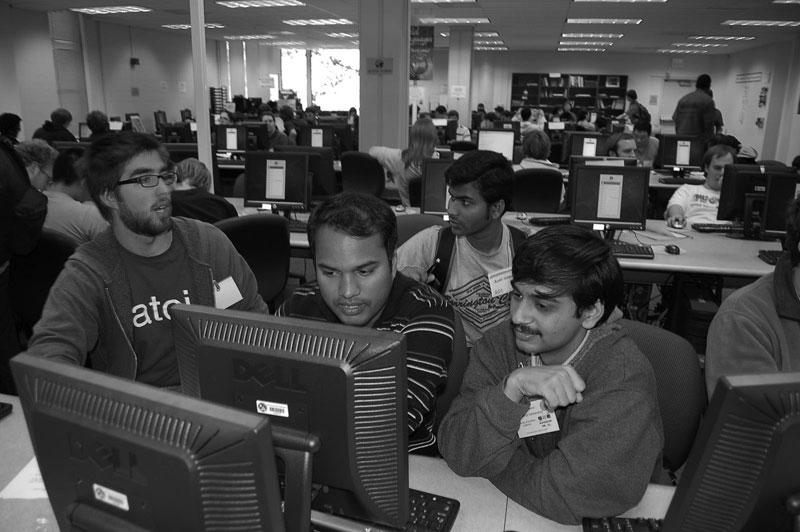
Tick-Tock- Students work against the clock to try and solve as many problems as they can in five hours. (Image Courtesy of Dywane Turner)

